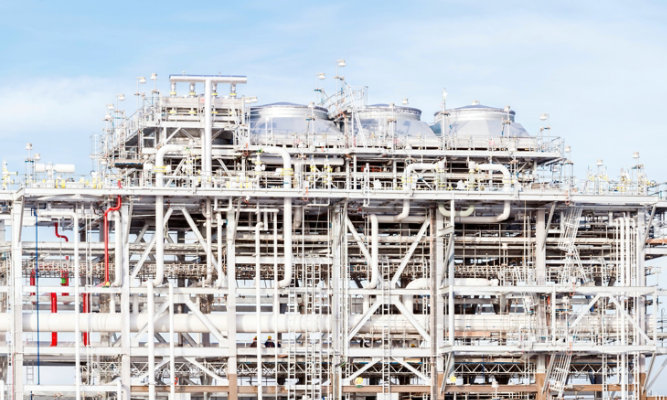SHERWIN-WILLIAMS PROTECTIVE & MARINE IS HERE TO HELP
Sherwin-Williams considers three sustainability parameters to ensure our products extend asset life cycle to the greatest possible end timeline: Environmental Footprint, Product Blueprint and Social Imprint. Our corporate sustainability focus aligns well with customer expectations of prolonging asset life and ensuring reduced carbon footprint, to drive a sustainable growth with least environmental impact for future generations.
This not only reduces waste but ensures the energy we produce and the climate are getting the most out of its performance – to maximum expectancy with a noticeably reduced carbon footprint. Dura-Plate® SW-501 is a 100% solid epoxy primer with the least VOC for an Offshore wind project coating, with the higher performance as tested per ISO, Norsok and other industry specifications, also offered in a glass flake version (Dura-Plate® SW-501 GF) that conforms to Norsok M-501 7A. Also, Repacor® SW-1000 is a glass flake 2K polyaspartic putty that offers the least amount of required substrate preparation for a repair product, resulting in noticeable asset longevity. Repacor® SW-1000 is low-VOC, as regulated by the U.S. Environmental Protection Agency. Formulated as a 100%-solids and solvent-free coatings, Repacor SW-1000 is abrasion- and UV-resistant – with an underwater cure, perfect for maintenance or repair on damaged coating areas. Both of these coating systems have a good track record of protecting Offshore wind energy assets.
Sherwin-Williams Protective & Marine is committed to the highest level of customer service, ensuring optimal performance with every application of our products. We offer expert on-site assistance and are here to discuss your challenges and provide guidance for complicated projects with our global industry expertise.
Looking to learn more about specifications and performance requirements, and what it means for your project and corrosion protection needs? Check out our sustainability report published in 2023 for updates on how Sherwin-Williams measures the progress we make in our Corporate Sustainability Initiatives.
ABOUT THE AUTHORS
Dr. Jigar Mistry is a Renewable Energy Market Segment Manager for Sherwin-Williams Protective & Marine and based in Minneapolis, Minnesota. With approximately 20 years of experience in the coatings and chemical industry – both as an educator and a Sherwin-Williams team member – he has specialized in multiple subject matters related to corrosion, coatings performance, asset protection, and coating solutions for the renewable energy sector. Contact: jigar.mistry@sherwin.com.
Neil Wilds is the Global Product Director – CUI for Sherwin-Williams Protective & Marine. With 37 years of technical coatings experience, Wilds develops strategies for long-term asset protection and directs the development of specifications and testing programs. He is a member of several coatings associations including AMPP, NORSOK M501, the International Organization for Standardization (ISO) and others. Contact: neil.wilds@sherwin.com
THE SHERWIN-WILLIAMS DIFFERENCE
Sherwin-Williams Protective & Marine delivers world-class industry subject-matter expertise, unparalleled technical and specification service, and unmatched regional commercial team support to our customers around the globe. Our broad portfolio of high-performance coatings and systems that excel at combating corrosion helps customers achieve smarter, time-tested asset protection. We serve a wide array of markets across our rapidly growing international distribution footprint, including Energy, Water & Wastewater, Bridge & Highway, Steel Fabrication, Flooring, Manufacturing & Processing, Fire Protection, Marine, Rail and Power.









